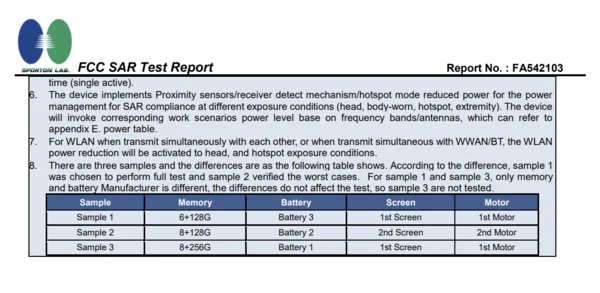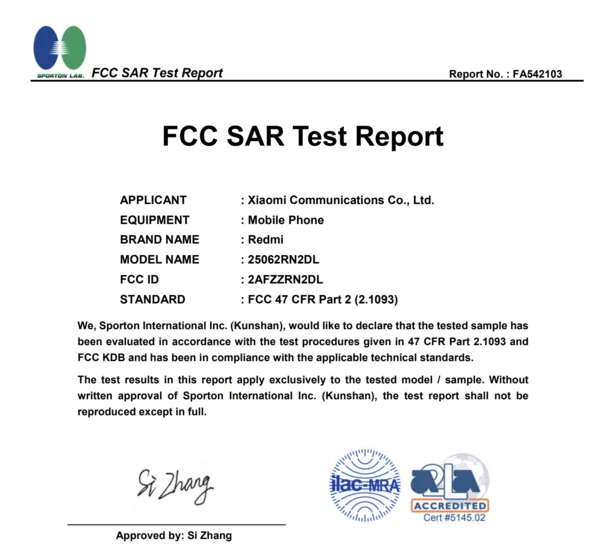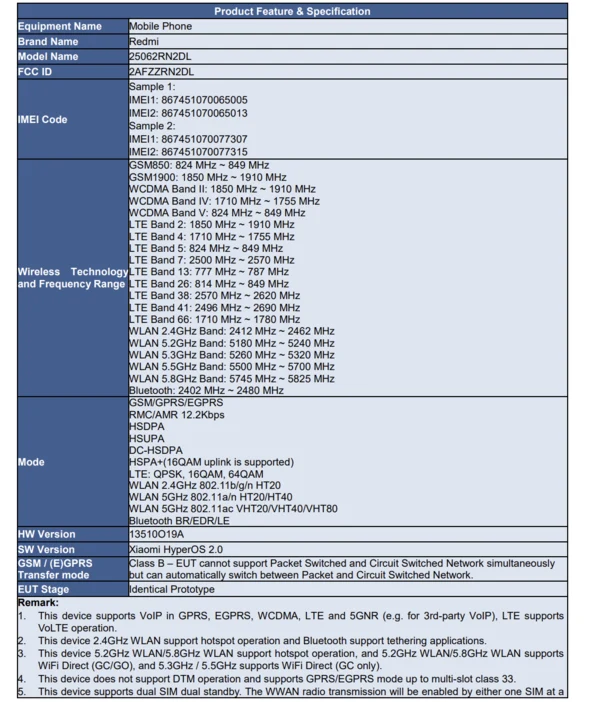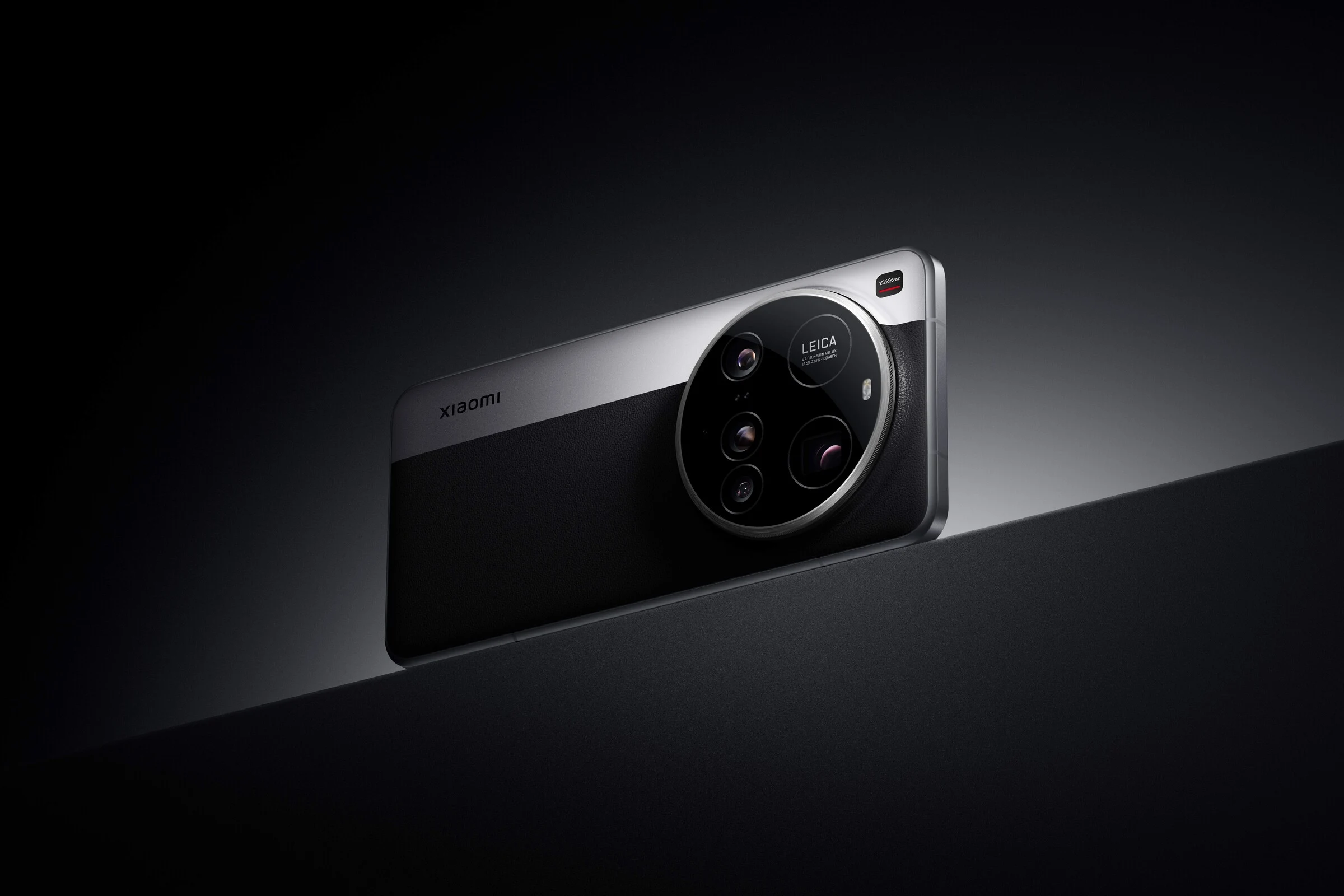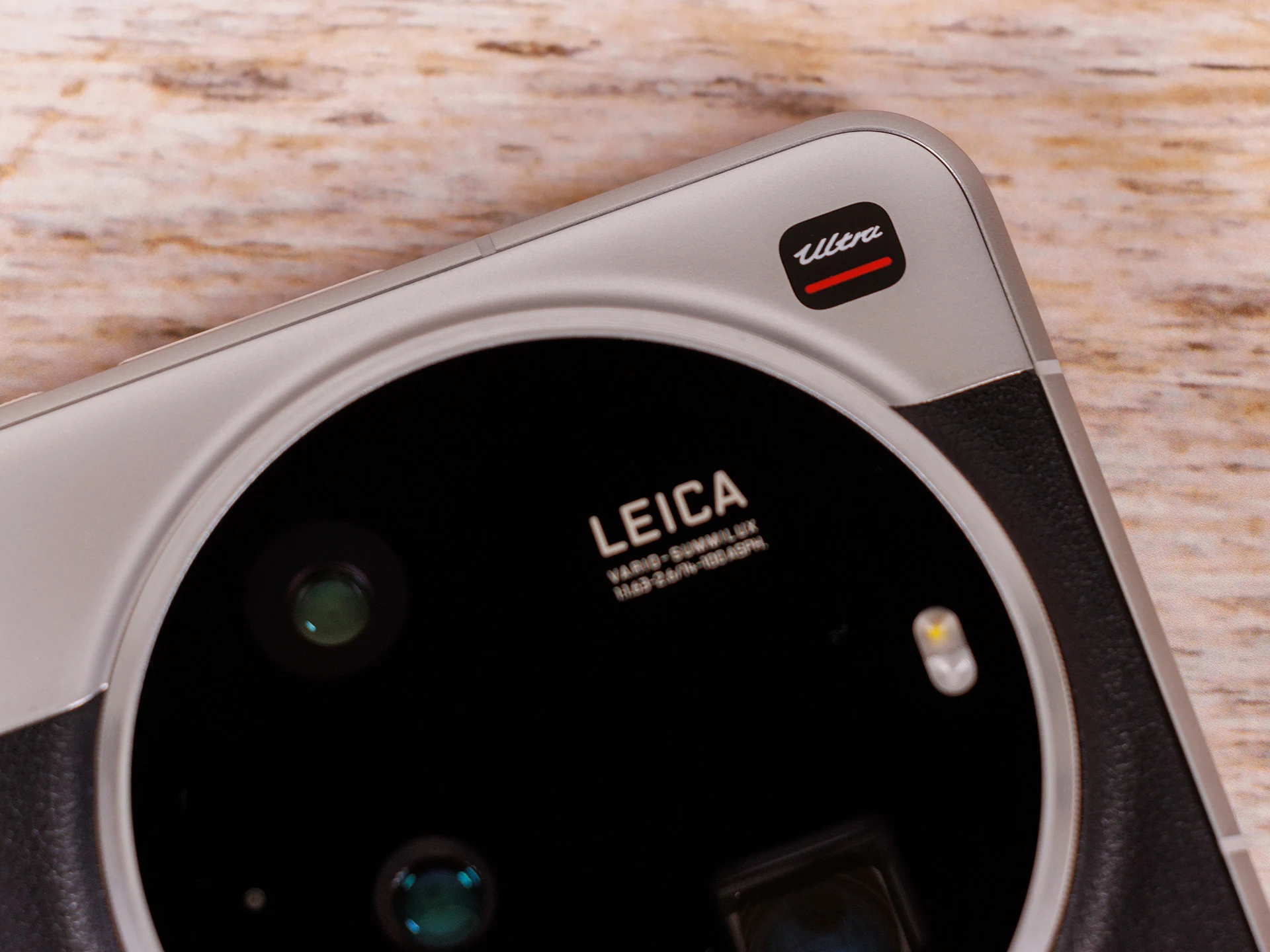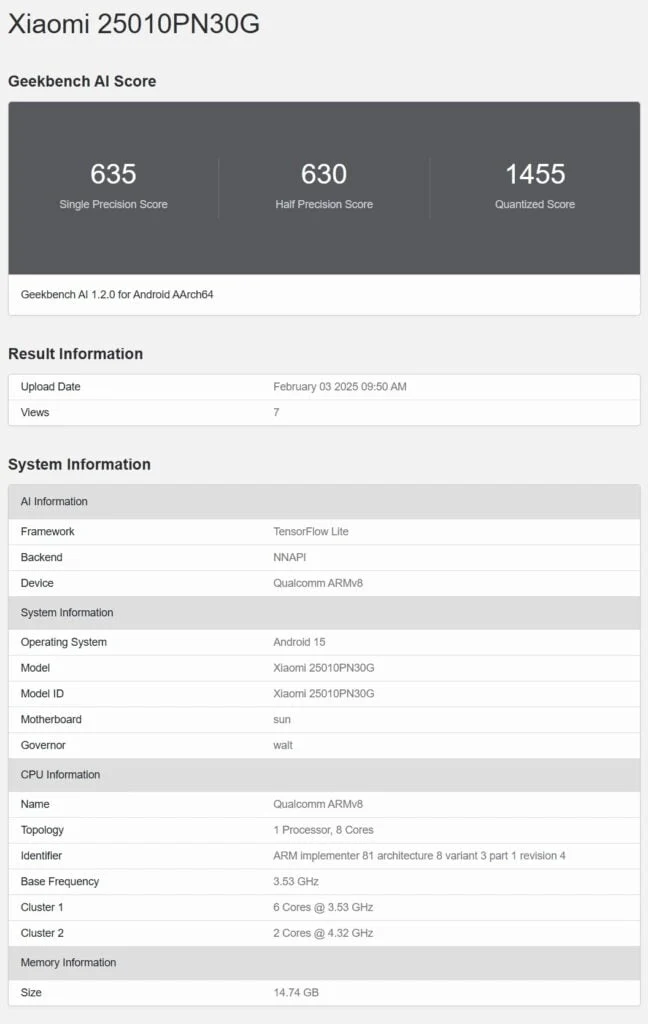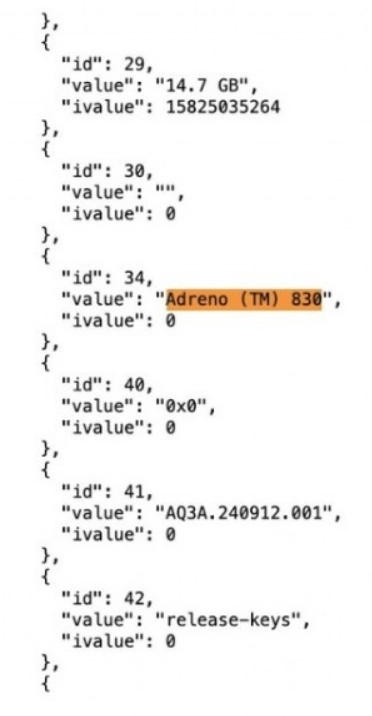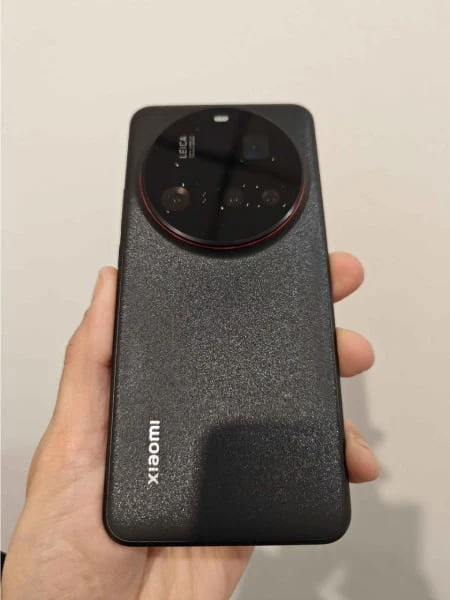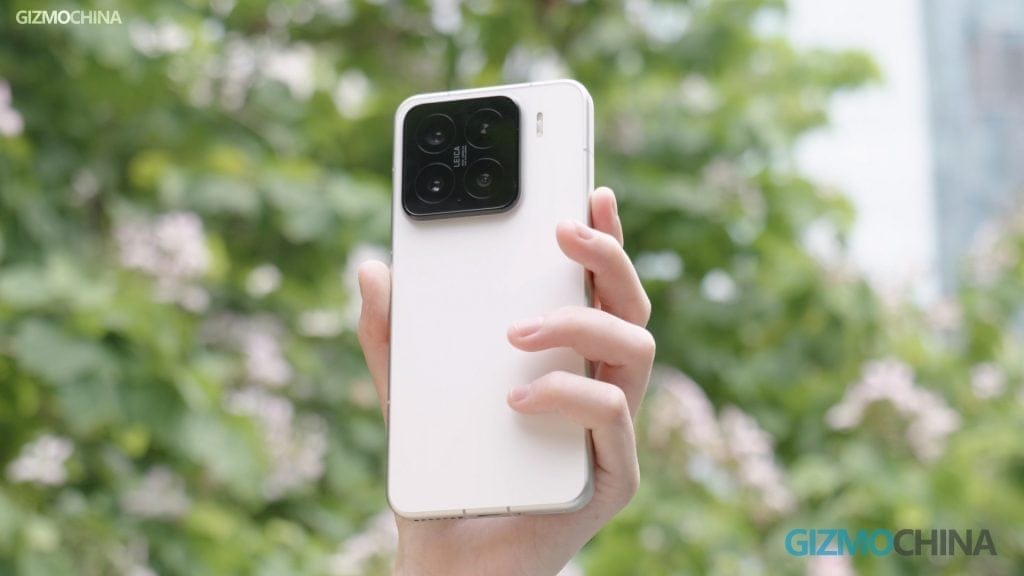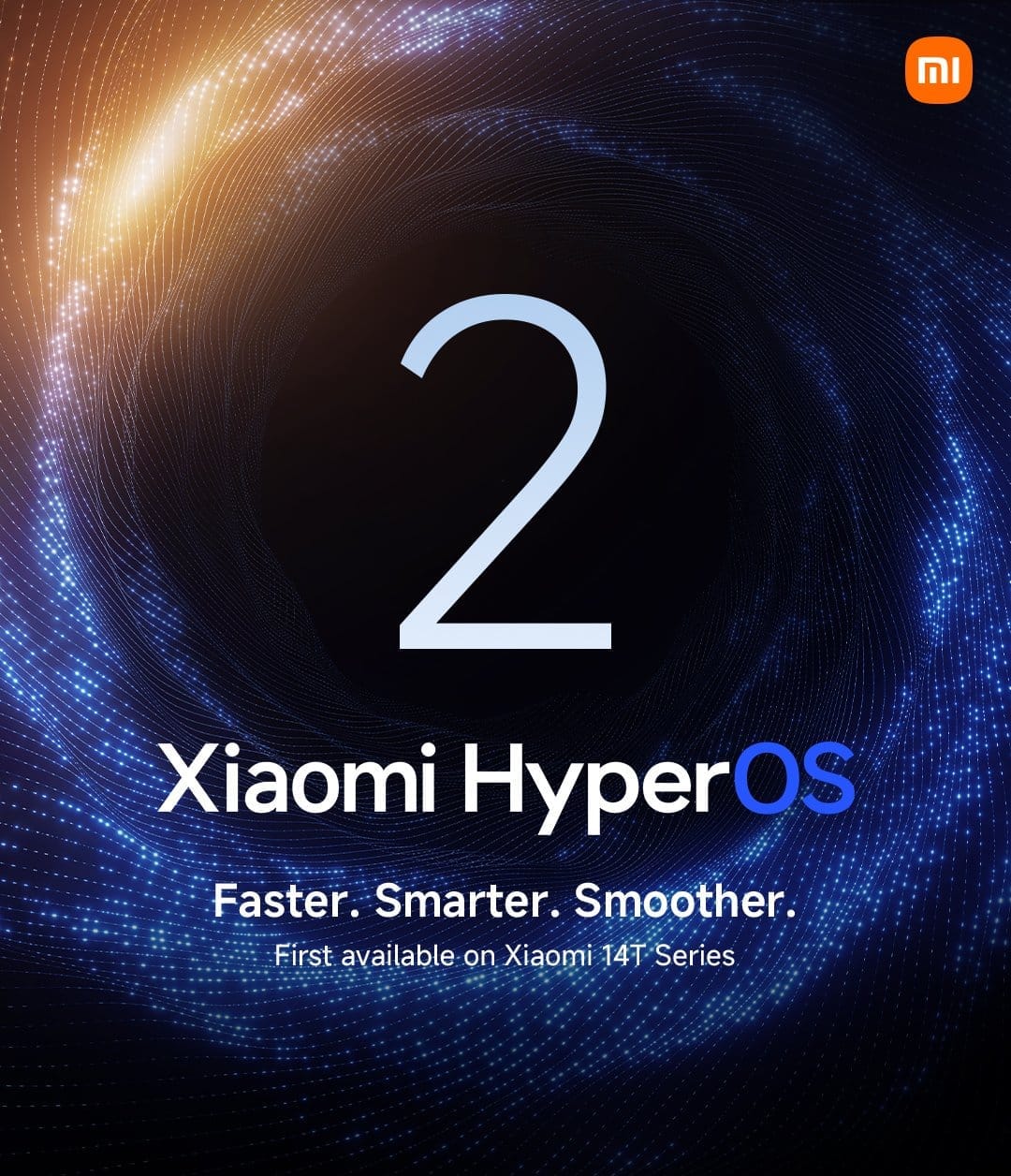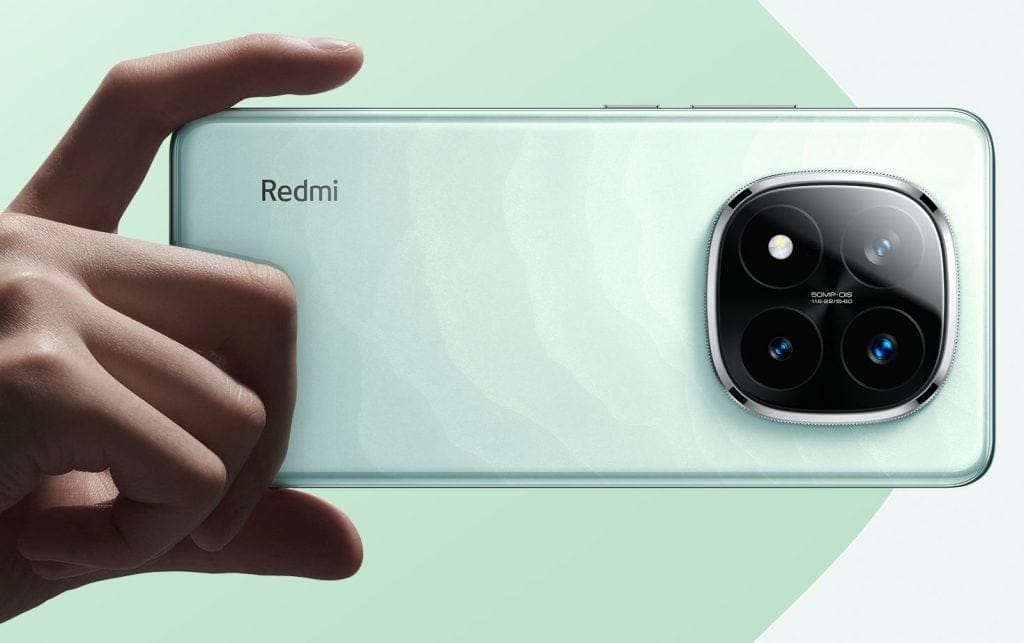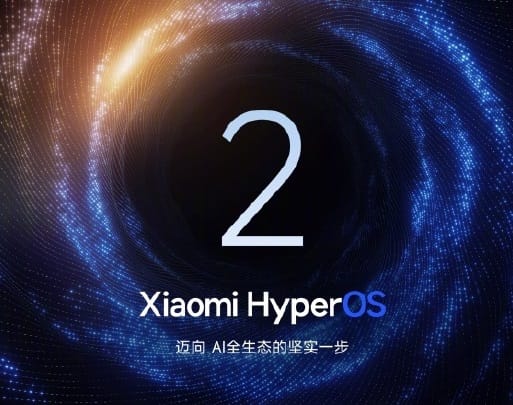Key Takeaways
1. Xiaomi plans to launch new smartphones, including the Redmi Note 15, Redmi K90, and Xiaomi 16, by the end of this year.
2. The Redmi 15 5G has been approved for sale in the U.S. by the FCC and is listed under the model number 25057RN09G.
3. The Redmi 15 5G will feature HyperOS 2.0, based on Android 15, replacing the Redmi 13 5G.
4. The device will support multiple 5G bands but will only reach Wi-Fi 5 standard (IEEE 802.11ac).
5. The official launch of the Redmi 15 5G is expected within the next month.
Xiaomi is set to roll out a series of new smartphones after updating the Redmi K lineup with the Redmi K80 Ultra last month. According to the latest speculations, the company intends to launch the initial Redmi Note 15, Redmi K90, and Xiaomi 16 models before this year wraps up. Additionally, newer versions of the Xiaomi 14T and Xiaomi 14T Pro (currently priced at $618 on Amazon) are expected to be released alongside these other devices.
Early Discovery of Redmi 15 5G
XpertPick has found early indications of the affordable Redmi 15 5G, which has been approved for sale in the U.S. by the Federal Communications Commission (FCC). Carrying the model number 25057RN09G, this device is already listed in IMEI databases under the name ‘Redmi 15 5G.’ As is common, the FCC has withheld much information about this unreleased smartphone, including any images of the device.
Specifications and Features
Some information can be extracted from the FCC documents. Notably, the Redmi 15 5G will come equipped with HyperOS 2.0, which is based on Android 15, making it the only version of Android OS that this device will use, replacing the Redmi 13 5G. Furthermore, the Redmi 15 5G will support various 5G bands but will only reach up to the Wi-Fi 5 standard (IEEE 802.11ac). It is likely that the Redmi 15 5G will be officially launched within the next month or so, considering its predecessor made its debut at the beginning of July last year.
Source:
Link






